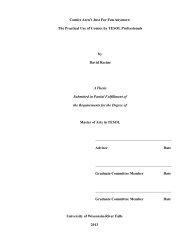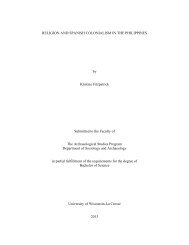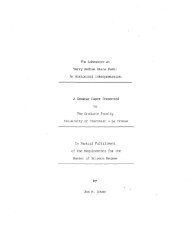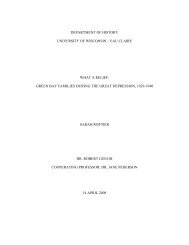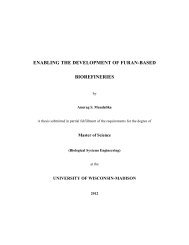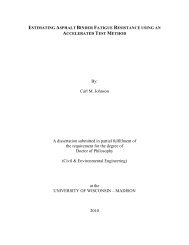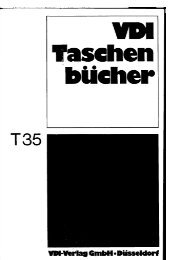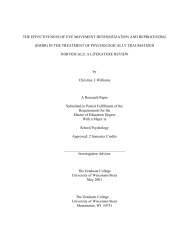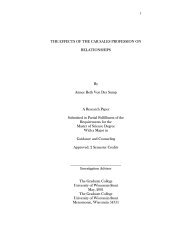William Stratton Ph.D. Thesis - MINDS@UW Home
William Stratton Ph.D. Thesis - MINDS@UW Home
William Stratton Ph.D. Thesis - MINDS@UW Home
Create successful ePaper yourself
Turn your PDF publications into a flip-book with our unique Google optimized e-Paper software.
probably the commercially available Vitreloy alloy (Zr41.2Ti13.8Cu12.5Ni10Be22.5). Vitreloy is<br />
marketed as having excellent impact and wear mechanical properties along with high<br />
biocompatibility 24 , so this material is used in sporting equipment, electronics casings, and<br />
bioimplants. Marginal glass formers do not form the amorphous structure so readily, so they<br />
require a much higher cooling rate than BMGs (~ 10 5 K/s) 25 . High Al and Fe-content<br />
amorphous alloys are examples of marginal glass formers. At this point the only commercially<br />
available marginal glass former is Metglass (Fe80B20) 26 a high Fe-content amorphous alloy,<br />
which is used in low-loss power distribution transformers because of its excellent magnetic<br />
properties 27,28 .<br />
Metals can be made amorphous either by nucleation control or growth control.<br />
Experimentally, calorimetry is typically used to tell the difference between these two<br />
mechanisms. Calorimetry measures the energy loss or gain associated with a phase<br />
transformation from a sample with temperature changes 6,29 . There are different types of<br />
calorimetry experiments. Isothermal calorimetry holds the temperature constant while<br />
measuring the energy change, thus measuring the energy difference measured as a function of<br />
time. DSC increases the temperature at a constant heating rate, therefore measuring the energy<br />
difference as a function of temperature. The DSC and isothermal calorimetry signal for growth<br />
controlled amorphous alloys are different than those for a nucleation controlled. Nucleation<br />
controlled amorphous alloys should show a distinct Tg below the onset of primary crystallization<br />
(Tx) in the DSC trace, and the isothermal trace should show an increasing and then decreasing<br />
signal indicating first the formation of nuclei (increase dH/dT), then their subsequent growth<br />
(decrease in dH/dT) 25,30 . Growth controlled amorphous alloys should not show a distinct Tg in<br />
4



